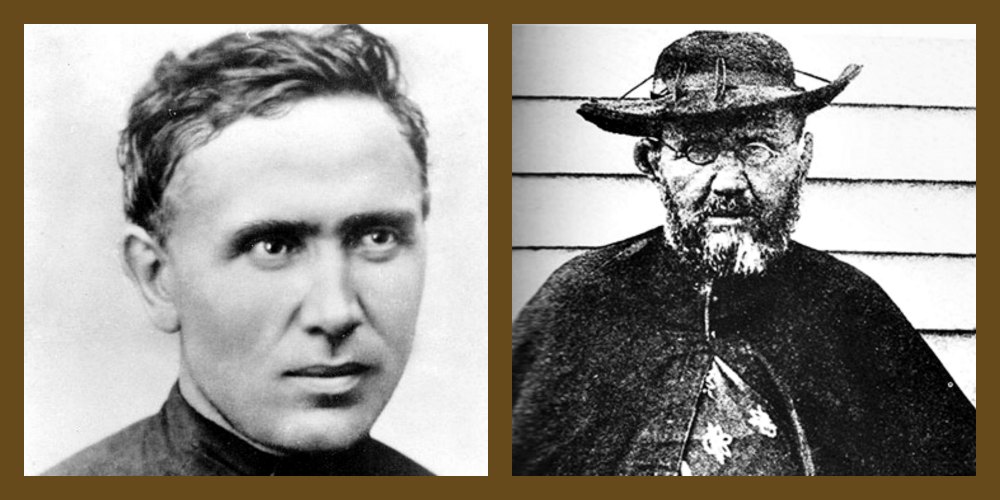Molokai History:
[from “Place Names of Hawaii”, Revised Edition, Pukui, Elbert & Mookini, University of Hawaii Press, Honolulu, 1976]
Honowewe: Coastal area, east Molokai, meaning: pouring bay [of rain].
Ho’olehua: Village, land divisions & Hawaiian homestead area near the Molokai airport, said to be named for a chief, meaning: acting the expert.
Huelo: Islet, 3.1 acres, north Molokai. A game, originated by Papio, was played here; “loulu” palm leaves were woven into hammocks upon which players were laid and then tossed into the sea.
‘Ili’Ili-ka: Land section, north central Molokai. A trail began here leading down to Ka-laupapa peninsula; a bullock pen was at the head of the trail in the 1880’s. Meaning: clashing pebbles.
‘Ili’Ili-‘opae: “Heiau”, Mapulehu, southeast Molokai, the largest “heiau” on Molokai and said to be the oldest on the island, It is a platform-type “heiau”, 286 by 87 feet, and 11 to 22 feet high; it was used for human sacrifice. Stones for the “heiau” were allegedly brought by Menehune (the little people), passing them hand-to-hand from Wai-lau Valley. Several legends concern the partial destruction of the “heiau”. In one, the two sons of the “kahuna”, Kamalo, were killed for playing on temple drums in the “heiau”. Kamalo sought the aid of the shark god, Kauhuhu, who caused a storm to destroy the “heiau” and wash all the people out to sea except Kamalo and his household. An old name for the “heiau” is ‘Ili’ili-‘Opoe. ‘Opoe is said to be the name of a stream tributary to Wai-lau, from whence the Menehune brought the stones (“‘ili’ili”). They insisted on being paid with whole “i’a” (seafood) rather than with portions and were therefore paid with shrimps (“‘opae”). Still another interpretation is ‘Ili’ili-o-Pae (pebbles of [Chief] Pae).
Blessings, pono & pule!
Fr. Brian Guerrini, ss.cc.
Priest
Molokai
